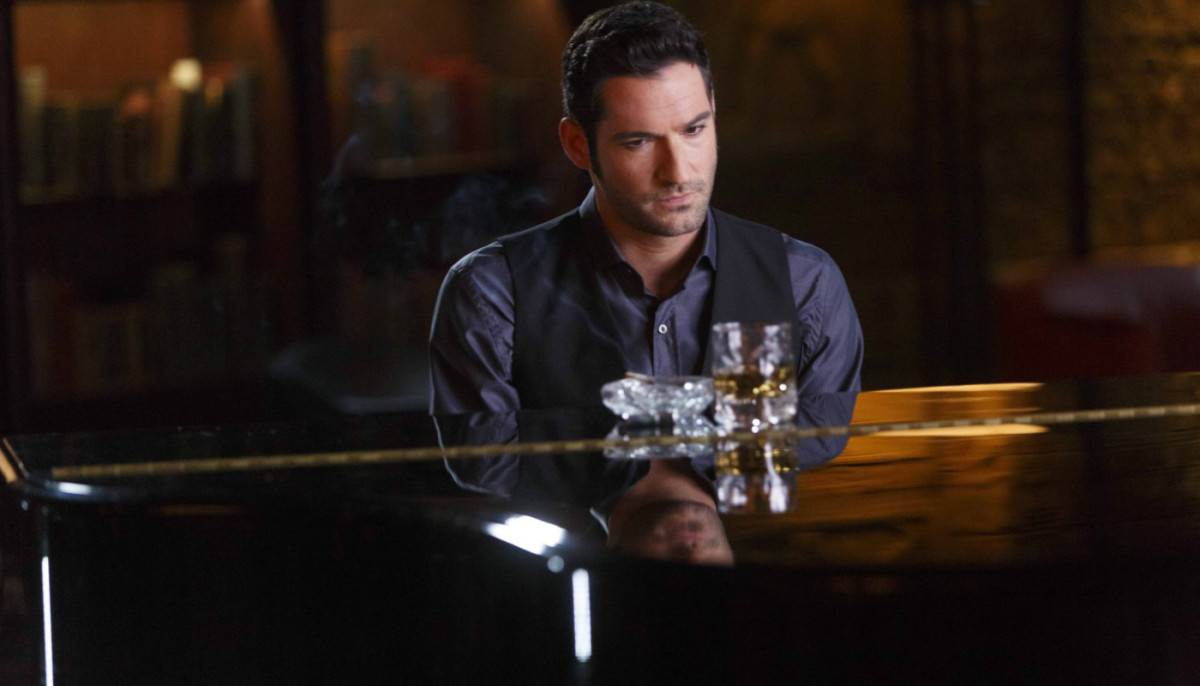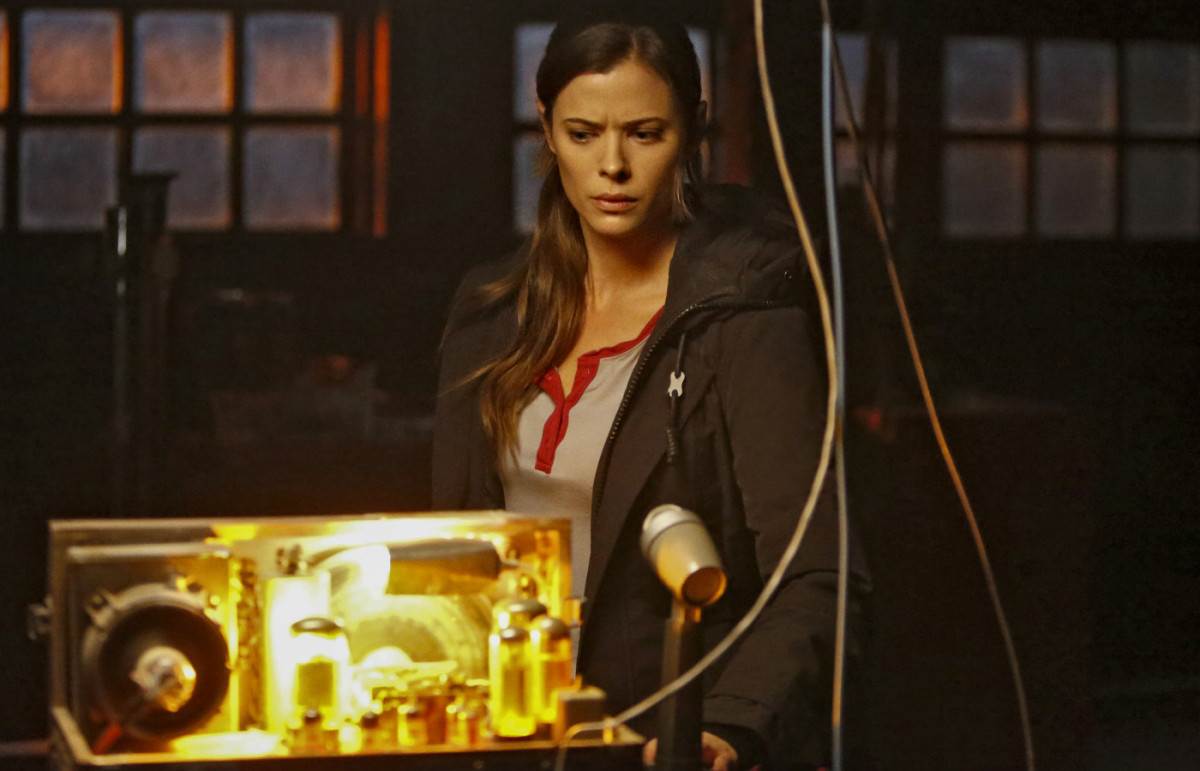Book: Rukmini Devi – A Life; Author: Leela Samson; Publisher: Penguin-Viking; Price: Rs.500.
In 1935 Rukmini Devi brought the ancient dance form Sadir, later known as Bharatanatyam, back to life on the Indian stage with a performance in Chennai. Sadir till then had been confined to the temple precincts and was the ‘preserve’ of devdasis.
The renowned Bharatanatyam danseuse established her dance school, Kalakshetra, in Chennai the following year – an example of women’s empowerment, lending them a voice at a time when culture was a male bastion.
Kalakshetra has been instrumental in breaching gender walls in the history of Bharatanatyam. It was the first institution in southern India to induct women instructors at the school.
“An important development, for its far-reaching effects on the teaching of dance took place around this time. Instructors Meenakshisundaram Pillai and Chokkalingam Pillai left Kalakshetra for personal reasons. Until then, teaching dance had been the preserve of such gurus who belonged to a particular community and guarded their privilege,” writes Leela Samson in her biography of legendary Bharatanatyam danseuse Rukmini Devi, “Rukmini Devi: A Life”.
Taking advantage of the situation, Rukmini Devi decided to set a new norm.
“It is a well-known fact that the nattuvanars (persons who direct a Bharatanatyam performance) had never believed that it was possible for anybody else but them to set a new norm. I have always believed that this will change. They also believed that except for a usual class of people, no one else would be able to dance. I am happy that on Vijayadashami Day I am able to prove that we can do without them,” Samson quotes Rukmini Devi as saying in the book.
History was created when the arangetral of a young student of the academy, A. Sarada, was conducted by Rukmini Devi and her musicians on the Vijayadashami Day.
“The year was 1945, only 10 years since she herself had learnt to dance. Rukmini Devi’s endeavour to train a new brand of nattuvanars from outside the professional circle broke the unwarranted monopoly of men from this august tradition. She took it upon herself to teach and encourage Kamalarani, probably the first woman nattuvanar,” says Samson in her book.
Rukmini Devi believed that “women have everything to do with bringing culture into everyday life” with the expression of it, with the helping and influencing of a nation, not only because they are mothers but also because they are an example as individuals,” Samson writes.
“Thousands of women are not really free… There is a place for women in the new age. Do not let us ask for it. No one has to give you what is rightfully yours. Merely take it and you shall have it. The three things I should like to see as an expression of culture that kindness should become a part of the the lives of all, women should have a real voice in every department of the nation and that we should be truly Indian in heart – mind and soul,” Rukmini Devi said about the role of Indian women in culture.
The idea to set up Kalakshetra at Adyar, the headquarters of the International Theosophical Society, came about after one of Rukmini Devi’s early Bharatanatyam performance in Chennai, says Samson.
A small group of friends pressed upon Rukmini Devi the “desirability of creating such an academy”. On Jan 6, 1936, Rukmini Devi established the International Academy of Arts in Adyar. The founding members were united “by their common enthusiasm for the cause of India’s art which they were convinced was a treasure that belonged not only to India but to the world”.
In 1937, a large studio cottage was built, which for a long time remained the only studio that the academy ever had. Many years down the line, Rukmini Devi would say , “I started the academy with one tree, one pupil and one teacher.” The first music teacher of the academy was the great Papanasam Sivan, says Samson.
Meenakshisundaram Pillai was assisted in the dance department by Chokkalingam Pillai.
The book traces the many lives of Rukmini Devi, as a celebrated artiste, dancer, theosophist, educationist, animal welfare and child rights activist and a nominated member of the Rajya Sabha.
For biographer Leela Samson, the experience was a memorable one. “In the summer of 1992, I took a sabbatical from work in Delhi to spend a year in Madras (Chennai) researching the life of my guru. The experience was unforgettable. My notes were drawn from a collection of Rukmini Devi’s own papers, speeches, writings, diaries, theosophical journals and books,” says Samson, a student of Rukmini Devi.
In 2005, Leela Samson took over as director of Kalakshetra.



 Movies News4 years ago
Movies News4 years ago


 Celebrities8 years ago
Celebrities8 years ago


 Movies News8 years ago
Movies News8 years ago


 Celebrities7 years ago
Celebrities7 years ago









